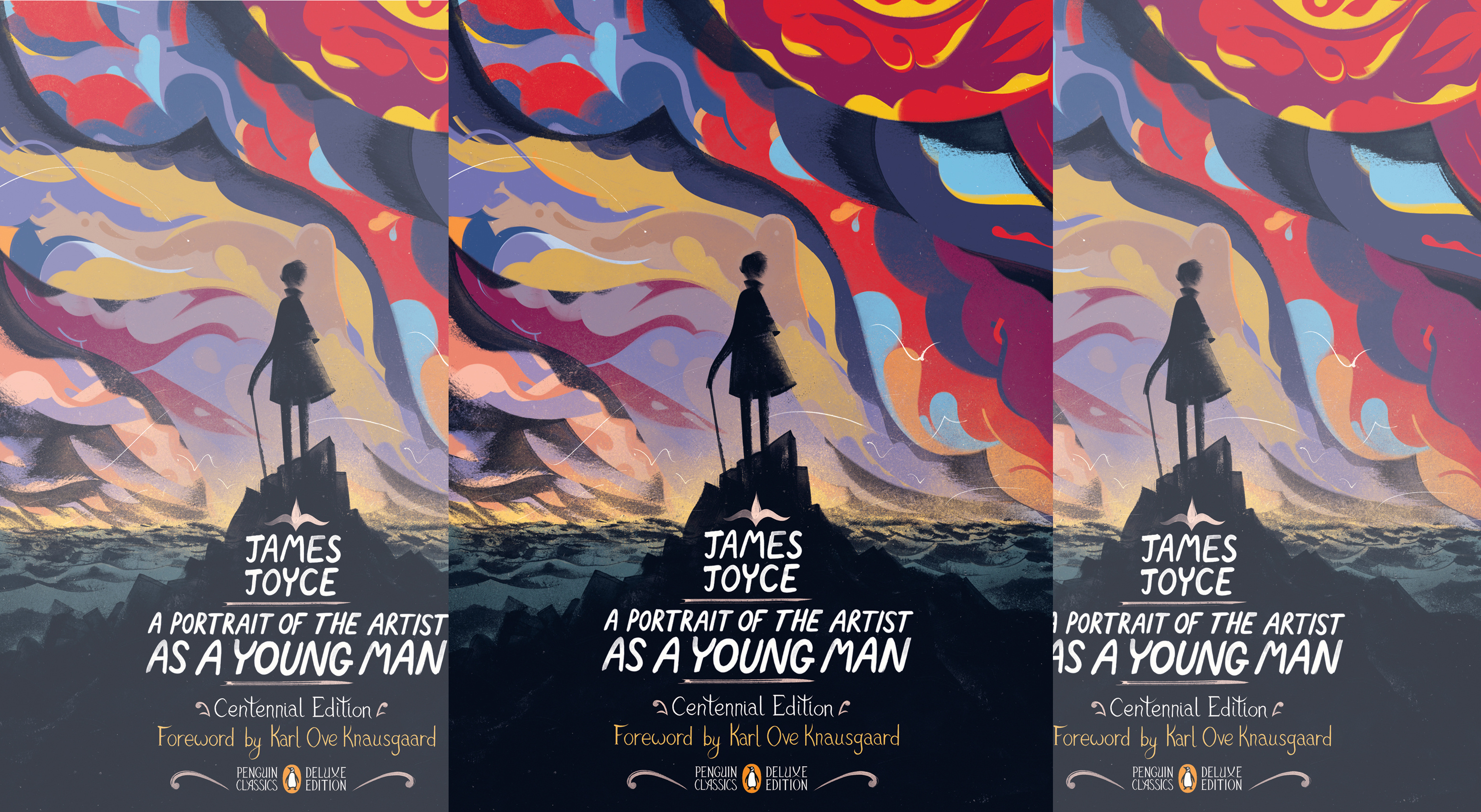For many, including myself, fiction can act as an escape from the monotonous nature of daily life. However, A Portrait of the Artist as a Young Man will not transport you to a different world. Instead, you can expect to get lost in around 300 pages of the very same world you inhabit each day.
The book is what it claims to be—a portrait. Stephen Dedalus, the novel’s protagonist, emerges before readers as a young Irish Catholic, and we follow him for the next 20 years as he struggles to find his identity.
The novel opens with Dedalus as a young, and shy school-aged boy who experiences the world in a uniquely naïve way. As he struggles to fit in with others his age, and with his family at home, he begins to yearn for something greater than the quotidian life that surrounds him.
Readers are then made privy to his mindset as a teenager, as he becomes increasingly obsessed with sexuality and experience—which is starkly different from everyone else his age. However, following a sermon on hell-fire, Dedalus is stripped of this emotional high and begins to seek pious redemption. This part is, to put it nicely, a challenge to read.
Finally, Dedalus lives through university life where he becomes a free-thinking intellectual student, with an affinity for Thomas Aquinas’ philosophy of aestheticism. This new-found mindset propels him to reject all of what is expected of him and, instead, begin to lead a nomadic, philosophical, and explorational life.
While James Joyce is best known for Ulysses, I believe A Portrait to be a more enjoyable piece of literature, in part, because it is 400 pages shorter. Nonetheless, Joyce’s approach is clear and evident in both—he enters the human mind.
We are all a collection of different and varied influences—from things as big as the language we grew up with, to as small as one of our teacher’s beliefs. But, what makes us each unique, and what Joyce explores so deeply, is how this amalgamation of forces is absorbed and processed by an individual—through each of the formative parts of one’s life.
That being said, readers should take warning—not only is the story of Dedalus’ life unrelentingly moody, but the writing is too. Written in a free indirect style, the prose varies in structure as it mirrors Dedalus’ own journey.
Beginning in the early stages of Dedalus’ youth, Joyce adopts a stilted speech that jumps between memories. So, it is no accident that later in the novel, the protagonist admits to failing in recalling his childhood with gaps between the moments.
As the story progresses, so too does the fluidity of the writing. The middle section is full of intense, unrelenting sensory description, and the nearer the reader approaches the end, the more the prose becomes akin to the common writing styles that readers are most familiar with.
In fact, the final few pages mimic the style of a personal journal. Dedalus records his daily activities, in brief sentences, which, is a symbolic representation of his rejection of other identities. In summary, his years of experience have given him a newfound ability to express himself without the words of others—even the narrator’s.
While, A Portrait resembles a classic coming of age story at first glance, it is, in reality, a mosaic of a philosophical and psychological analyses of the human condition conveyed through a work of fiction. While you may not have had all of the experiences that Dedalus has, I expect that you will see pieces of yourself represented in both him, and in the pages of A Portrait.





